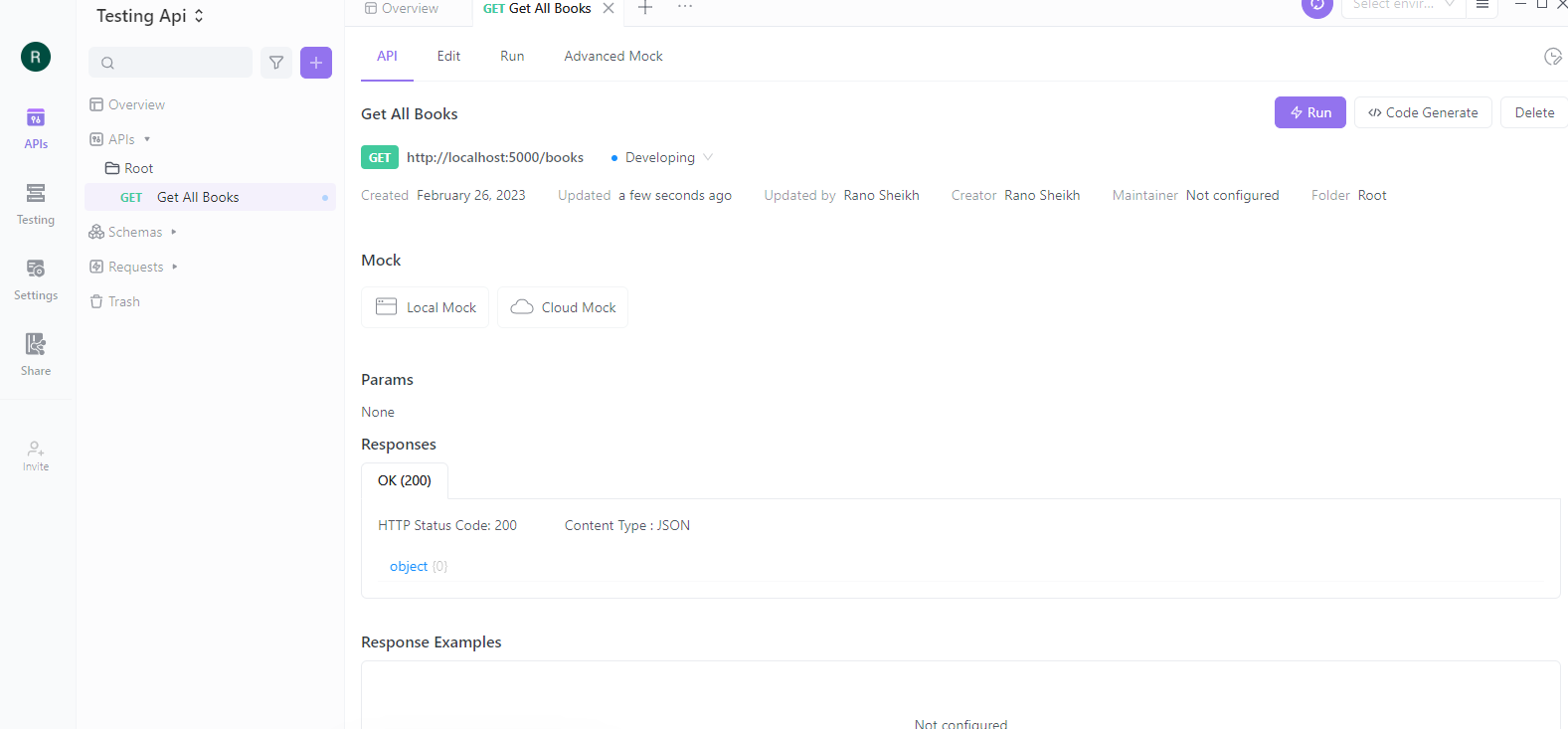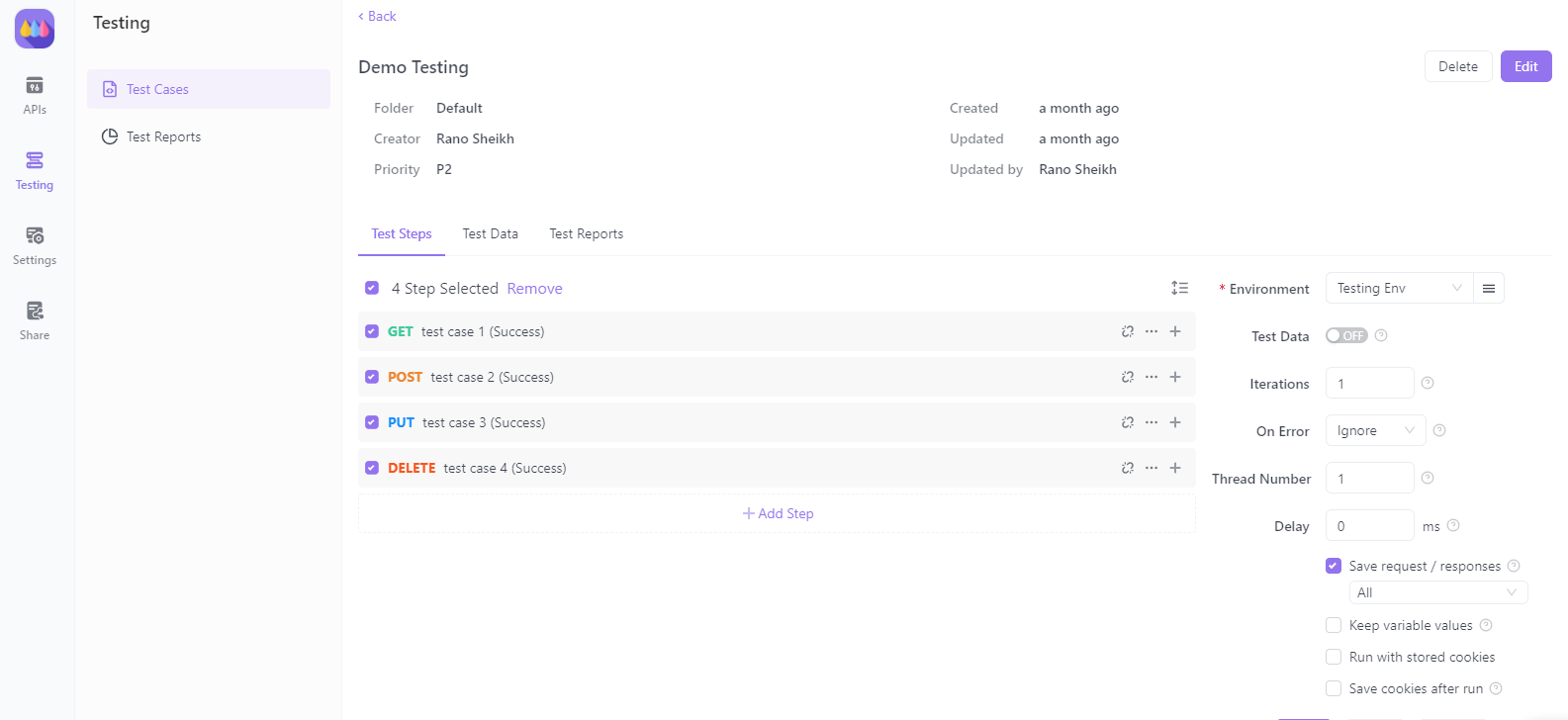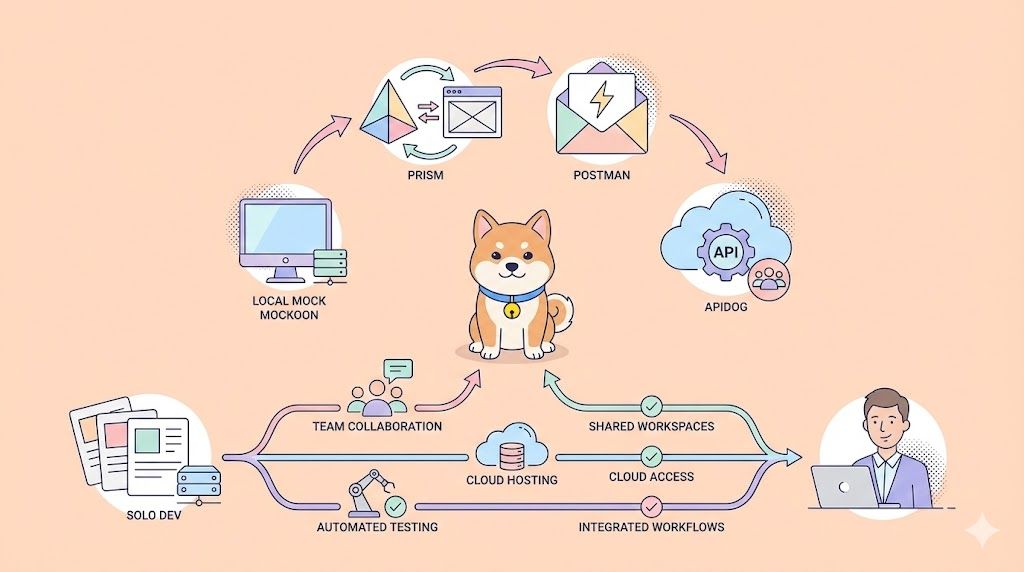When it comes to online testing and assessment, secure test browsers play a critical role in maintaining the integrity of exams and preventing cheating. These specialized tools have come a long way since their inception, evolving with advancements in technology. If you’re curious about the origins of these essential tools and their evolution, you’re in the right place.
The Origins of Secure Test Browsers
The concept of secure test browsers emerged alongside the rise of computer-based testing in the late 1990s and early 2000s. As educational institutions and certification bodies began to transition from paper-based exams to digital formats, the need for a secure testing environment became apparent.
Early Precursors
While it's challenging to pinpoint the exact "oldest" version of a secure test browser, we can trace their origins to some of the earliest attempts at creating controlled digital testing environments:
Kiosk Mode (Late 1990s): One of the first approaches to securing computer-based tests was the use of kiosk mode in standard web browsers. This limited functionality and prevented users from accessing other applications or websites during an exam.
Custom Testing Software (Early 2000s): Some organizations developed proprietary software that combined test delivery with basic security features. These early solutions often lacked the sophistication of modern secure browsers but laid the groundwork for future developments.
The First Generation of Secure Test Browsers
The first true secure test browsers began to appear in the mid-2000s. These early versions were typically standalone applications designed to create a locked-down environment for test-takers.
Key Features of First-Generation Secure Browsers
- Application Blocking: Prevented access to other software on the computer.
- Full-Screen Mode: Forced the browser to occupy the entire screen, hiding taskbars and other system elements.
- Keyboard Shortcut Disabling: Blocked common shortcuts like Alt+Tab or Ctrl+C to prevent task-switching or copying.
- Basic Screen Capture Prevention: Attempted to block simple screen capture methods.
Notable Early Secure Browsers
While specific version numbers are hard to pinpoint due to the proprietary nature of many early solutions, some notable early secure browsers include:
Safe Exam Browser (SEB) - Version 1.0 (2008): Developed by ETH Zürich, SEB was one of the first open-source secure browser solutions. Its initial release laid the foundation for many features we see in modern secure browsers.
Respondus LockDown Browser - Early Versions (Mid-2000s): Respondus was among the pioneers in developing secure browser technology specifically for educational institutions.
Pearson VUE's Secure Testing Software (Early 2000s): While not strictly a browser, Pearson's early secure testing software incorporated many features that would become standard in secure browsers.
The Evolution of Secure Test Browsers
As online testing became more prevalent and sophisticated, secure test browsers evolved to meet new challenges and incorporate advancing technologies.
Second Generation (Late 2000s - Early 2010s)
- Improved User Interface: More intuitive designs that balanced security with usability.
- Enhanced Screen Recording Prevention: Better methods to prevent screen capture and recording.
- Network Traffic Monitoring: Ability to detect and prevent unauthorized internet access during exams.
- Integration with Learning Management Systems (LMS): Seamless connectivity with popular LMS platforms like Blackboard and Moodle.
Third Generation (Mid 2010s - Present)
- AI-Powered Anomaly Detection: Incorporation of machine learning to identify suspicious behavior.
- Biometric Authentication: Integration of fingerprint or facial recognition for identity verification.
- Cloud-Based Solutions: Browser-independent solutions that work across multiple devices and operating systems.
- Advanced Data Encryption: Improved security for test content and user data.
- Remote Proctoring Integration: Seamless integration with remote proctoring tools for comprehensive exam security.
The Oldest Versions in Use Today
While technology has advanced rapidly, some older versions of secure test browsers remain in use, particularly in environments with legacy systems or specific compatibility requirements.
Safe Exam Browser (SEB) - Version 2.x
Although not the absolute oldest, SEB 2.x versions, released in the early 2010s, are still used in some educational settings. These versions offer:
- Basic lockdown functionality
- Compatibility with older operating systems
- Lightweight system requirements
Respondus LockDown Browser - Early 4.x Versions
Some institutions continue to use earlier 4.x versions of Respondus LockDown Browser, which were released in the mid-2010s. These versions provide:
- Integration with major LMS platforms
- Basic anti-cheating features
- Compatibility with a wide range of assessment types
Challenges of Using Older Secure Browser Versions
While some institutions may still rely on older versions of secure test browsers, this practice comes with several challenges:
- Security Vulnerabilities: Older versions may not have patches for recently discovered security flaws.
- Limited Feature Set: They lack advanced features like AI-powered monitoring or integration with modern remote proctoring tools.
- Compatibility Issues: May not work with the latest operating systems or web technologies.
- User Experience: Older interfaces can be less intuitive and more frustrating for test-takers.
- Support and Maintenance: Vendors may no longer provide support or updates for very old versions.
The Importance of Updating Secure Test Browsers
Regular updates to secure test browsers are crucial for several reasons:
- Enhanced Security: New versions address emerging threats and vulnerabilities.
- Improved Functionality: Updates often include new features that enhance the testing experience and security.
- Better Compatibility: Newer versions ensure compatibility with modern operating systems and web technologies.
- Compliance: Up-to-date browsers help institutions meet evolving data protection and privacy regulations.
The Future of Secure Test Browsers
As we look to the future, secure test browsers are likely to continue evolving in several key areas:
- AI and Machine Learning: More sophisticated anomaly detection and behavior analysis.
- Blockchain Technology: Potential use for secure, tamper-proof record-keeping of exam results and credentials.
- Augmented Reality (AR) Integration: Possibilities for secure AR-based assessments in fields like medicine or engineering.
- Adaptive Security Measures: Dynamic security protocols that adjust based on real-time risk assessment.
- Cross-Platform Compatibility: Seamless functionality across various devices and operating systems.
Introducing Apidog: Revolutionizing API Development and Testing
Apidog is your go-to solution for all things API development and testing. Whether you are a developer looking to streamline your API workflows or a team seeking a collaborative platform to enhance productivity, Apidog offers a comprehensive suite of tools designed to meet your needs.
Key Features:
- Intuitive API Design: Create, edit, and visualize your APIs with an easy-to-use interface, ensuring clear and structured documentation.
- Automated Testing: Save time and ensure reliability with automated testing tools that identify and fix issues quickly.
- Collaborative Platform: Work seamlessly with your team, sharing projects and feedback in real-time.
- Mock Servers: Simulate API responses for testing purposes without needing a live server, accelerating your development process.
- Security and Compliance: Ensure your APIs are secure and compliant with the latest industry standards.

Why Choose Apidog?
- User-Friendly Interface: Designed with simplicity and efficiency in mind, Apidog’s interface makes it easy for developers of all levels to get started quickly.
- Comprehensive Toolset: From design to deployment, Apidog provides all the tools you need in one integrated platform.
- Community and Support: Join a growing community of developers and access robust support resources to help you at every step.
Create a New Project
Create a new project or import one within your workspace to group your API tests based on a specific application or service. It helps keep your tests organized and makes managing and maintaining them more accessible.

Add Your APIs
To add your API to Apidog, click the "Add API" button and provide the necessary details, including the endpoint, method, and authentication information. For example, To create the "GET all books" endpoint in Apidog, click on the "Add Endpoint" button and fill in the details like this:
- URL: http://localhost:5000/books
- Method: GET
- Endpoint name: Get all books

Configure Your APIs
Apidog's platform simplifies the management of multiple APIs from a single dashboard. The platform also supports a range of authentication methods, including OAuth and API keys, to ensure secure access to your APIs. It allows developers to choose the authentication method best suits their project's requirements.

Design Your Test Scenarios
Using Apidog's Visual API Builder, create test scenarios and assertions. The intuitive interface allows you to build complex test scenarios without writing any code.

Run Your Tests
Apidog allows you to run tests individually or in groups, enabling you to thoroughly assess your APIs' functionality, reliability, and security.

Analyze Test Results and Optimize
After executing your tests, analyze the results using Apidog's detailed reports and analytics. Identify areas for improvement, optimize your APIs, and ensure they meet the highest performance and reliability standards.

Conclusion
The journey from the earliest versions of secure test browsers to today's sophisticated solutions reflects the rapid advancement of technology and the growing importance of online assessment security. While it's challenging to identify a single "oldest" version still in use, we can trace the evolution of these tools from basic kiosk modes to the AI-powered, multi-faceted security solutions available today.
As online education and remote testing continue to grow, the role of secure test browsers remains crucial. Educational institutions, certification bodies, and testing organizations must stay informed about the latest developments in this field and regularly update their systems to ensure the integrity of their assessments.
The history of secure test browsers is a testament to the ongoing cat-and-mouse game between exam security professionals and those seeking to circumvent these measures. As we move forward, the continued evolution of these tools will play a vital role in maintaining the credibility and value of online assessments in an increasingly digital world.
Don’t forget to download Apidog for free to explore the latest in API technology and enhance your secure testing environment with advanced features!



